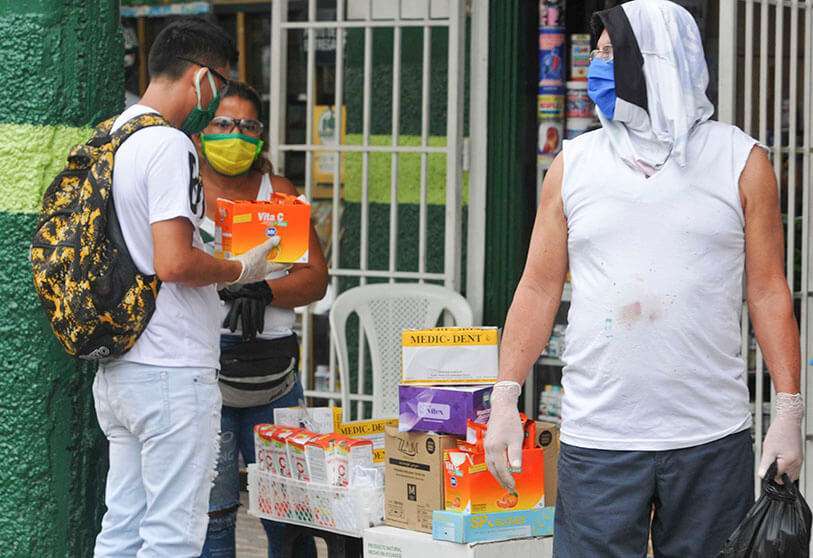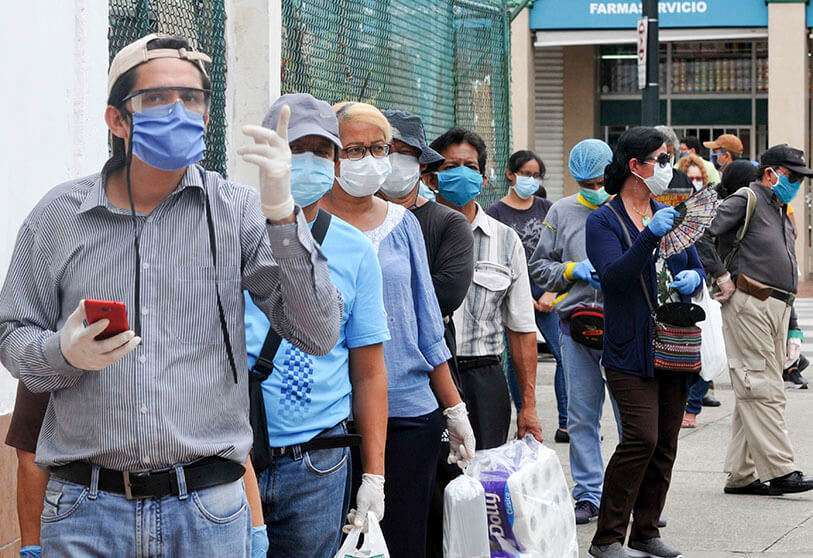The new (and harsh) reality of Latin America's middle classes

The pandemic has hit all socio-economic sectors hard. But perhaps one of the hardest blows to digest for Latin America has been the one inflicted on the middle classes in all its countries.
After coming to represent more than 30% of the population after the first decade of this century, their growth stagnated and now COVID-19 has not only topped off this stagnation, but will cause a worrying setback for the future of the region. This has important implications: the weaker the middle class and the larger the vulnerable and poor population groups, the less chance of overcoming the so-called middle-income trap.
This situation reflects instability. In times of growth, Latin America's middle classes have done well, but as soon as there is an external shock and governments are unable to extend their social safety nets, the vulnerable and poor population increases and the middle classes shrink.

The health emergency has caused this decline, even if it is only the tip of the iceberg. The region's middle classes were characterised by having outnumbered the vulnerable and poor. By international standards, those with an average income of between 10 and 50 dollars a day belonged to the middle class. But while the region's growth led to higher household incomes, the middle classes continued to coexist with labour informality. Thus, the possibility of reaching the middle class and then falling back into poverty or vulnerability is related to external factors, aggravated when they affect the informal sector.
"Latin America needs to better integrate all the insurance mechanisms that states can provide to their citizens. This includes not only social protection against health, old age and unemployment risks, but also the provision of good education, health, security and justice services for its entire population, not just the most advantaged. Without a scheme of broad coverage and quality in all these dimensions, it will be difficult to see the middle classes consolidate in the region," says Lucila Berniell, senior executive of CAF's Knowledge Vice-Presidency.

During the pandemic, those with informal incomes were hit by the crisis, especially those working in sectors such as retail or gastronomy, as there was a massive loss of jobs due to the 'shock' of demand associated with mobility restrictions. This situation was compounded by the lack of sufficiently widespread social safety nets, with the result that informal workers had no income coverage at the time of the shock.
It is estimated that more than a third of Latin Americans (or 240 million people) have no link to the social protection services provided by the state. A large part of them belong to the vulnerable middle class, and there is a quantitative overlap with those in informal employment. "Unlike the poorest, who are generally covered by programmes such as conditional cash transfer programmes, the informal middle class in many countries does not receive typical basic social protection services," says Berniell.
The pandemic also showed weaknesses in the collection of data on those most in need. In the early months, states had to act urgently to identify unmapped individuals, especially middle-class and vulnerable informals, and valuable time was lost as assistance did not arrive immediately. These extensions in household income support faced two major challenges: how to design them so as not to discourage people from seeking formal work, and how to make them sustainable over time.

The decline of the middle classes coincides with growing social discontent, which has led to mass demonstrations in many countries in the region. The protests serve as a reminder that Latin American societies have changed in recent years, and now demand better public services. The good news is that the development agendas of most Latin American countries reflect these new social demands. It remains to be seen how they will be realised in the next decade.
Robert Valls, senior communications executive at CAF
Visiones del Desarrollo is a section promoted by CAF - Development Bank of Latin America - that analyses the main development issues in the region. The articles it contains are published simultaneously in the main Latin American media.










